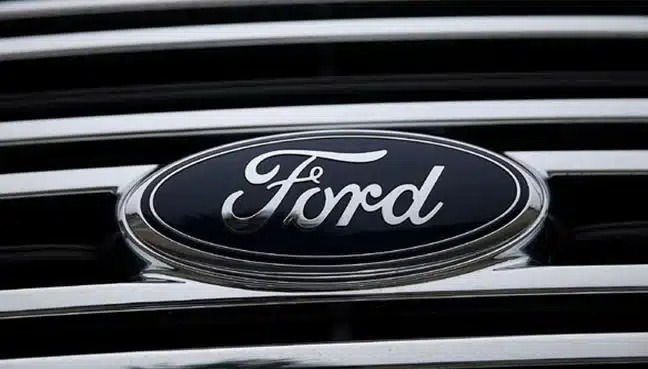In a landmark decision, a Georgia jury ordered Ford Motor Company to pay $2.5 billion in punitive damages following a fatal rollover crash involving a 2015 Ford F-250 Super Duty truck. This ruling stems from the deaths of Herman and Debra Mills, who tragically lost their lives when their vehicle overturned after hitting a hidden drainage culvert. The case has reignited discussions surrounding vehicle safety standards and corporate responsibility. In this article, we explore the details of the lawsuit, Ford’s response, the broader implications for the automotive industry, and what consumers should know about vehicle safety.

Ford Must Pay $2.5 Billion | The Incident
On an August day in 2022, Herman and Debra Mills were driving their 2015 Ford F-250 Super Duty truck in Decatur County, Georgia. As Debra navigated a right-hand turn, the truck veered off the road, struck a drainage culvert concealed by grass, and became airborne for approximately 81 feet before landing upside down. Debra Mills died at the scene, and her husband succumbed to his injuries nine days later.
The Legal Battle and Jury Verdict
Ford Must Pay $2.5 Billion: How Did It Come to This?
The Mills family filed a wrongful death lawsuit against Ford, alleging that the truck’s roof was defective and dangerously weak. According to the plaintiffs, Ford’s Super Duty trucks manufactured between 1999 and 2016 had roofs with a strength-to-weight ratio of 1.1—far below the Insurance Institute for Highway Safety (IIHS) requirement of 4.0 for a “good” rating. Court documents revealed that Ford was aware of this issue for over two decades but failed to address it.
Attorneys for the Mills family presented evidence of 79 similar roof-collapse incidents, emphasizing a pattern of negligence. Despite Ford’s contention that the trucks met the safety standards of their time and their claim that Debra Mills suffered a heart attack causing the crash, the jury was not convinced. The result: Ford must pay $2.5 billion in punitive damages, highlighting the severity of the automaker’s accountability.
Ford’s Defense and Planned Appeal
Ford expressed condolences to the Mills family but criticized the verdict as “impermissibly extreme and not supported by the evidence.” The automaker maintains that its vehicles are safe and that the roofs were built according to industry standards during the relevant production years. Ford has announced plans to appeal the decision, citing inconsistencies in the evidence and questioning the fairness of the jury’s ruling.
Broader Implications for Vehicle Safety
How Safe Are Heavy-Duty Trucks?
The case underscores critical concerns about roof strength in heavy-duty trucks. With over 5 million Super Duty models produced between 1999 and 2016, the potential safety risk affects a significant number of consumers. While federal regulators like the National Highway Traffic Safety Administration (NHTSA) have not issued recalls, this lawsuit raises questions about regulatory oversight and automaker accountability.
Public Reaction and Industry Impact
The Ford must pay $2.5 billion verdict has sparked widespread debate. Consumer safety advocates view it as a necessary wake-up call for the auto industry, urging manufacturers to prioritize safety over profits. Conversely, some industry experts worry that such large punitive damages could set a precedent for excessive litigation, potentially affecting innovation and production costs.
Key Takeaways for Consumers
- Check Vehicle Safety Ratings: Always review IIHS and NHTSA ratings before purchasing a vehicle.
- Stay Informed About Recalls: Regularly check for manufacturer recalls and address them promptly.
- Understand Manufacturer Accountability: High-profile cases like this emphasize the importance of consumer awareness and corporate transparency.
Conclusion
The ruling that Ford must pay $2.5 billion serves as a stark reminder of the potential consequences automakers face when safety concerns are overlooked. As Ford prepares to appeal, the broader conversation about vehicle safety standards and corporate responsibility continues. For consumers, this case underscores the importance of staying informed and vigilant regarding the safety features of their vehicles.
